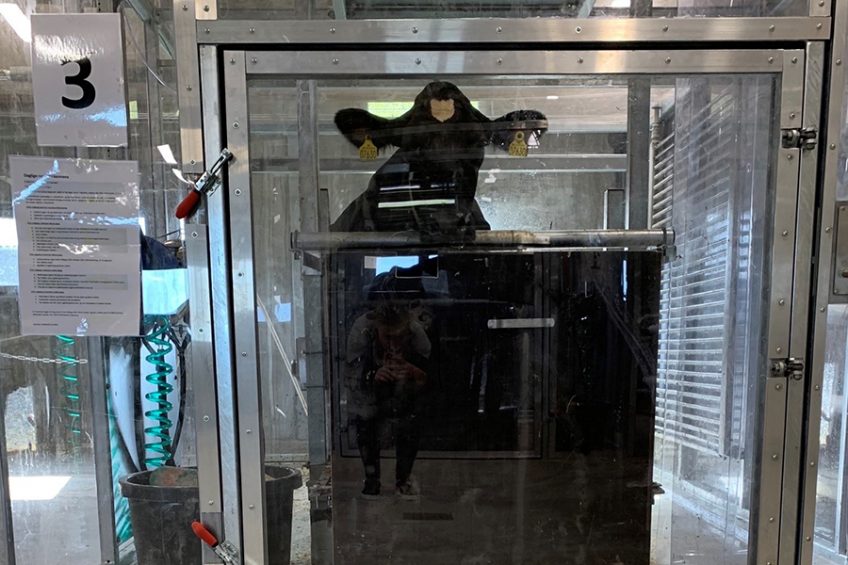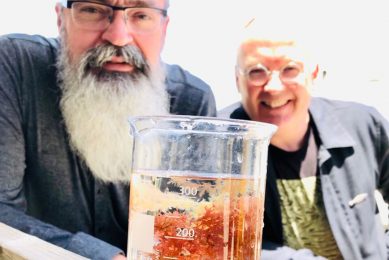Feed additive cuts cow emissions by half

A new project in Denmark aims to reduce dairy cows’ methane emissions by 50% through a triple-action cattle feed additive developed to limit the enteric formation of methane.
Intensive research has been conducted in recent years to find ways to reduce methane emissions from ruminants, which in Denmark are responsible for almost 40% of the total greenhouse gas emissions from Danish agriculture and for 51% of the emission from Danish cattle herds, reports.
Research suggests that the best and most realistic way to achieve lower methane emissions from cows is via the feed. However, so far, no sufficiently efficient solution exists. A team at Aarhus University, however, are set to develop a solution through a research project, No-Methane, which has been granted 16.1 million kroner (US$ 2.6 million) by Innovation Fund Denmark. The result of the work being done by the researchers will mean that dairy cows will have a much smaller impact on the climate. By combining 3 different agents, the team aims to reduce the methane-forming processes in a cow’s rumen without affecting the animal’s productivity and health.
With our triple-action approach to inhibit the formation of methane we expect that the archaea that form methane will be under such big pressure that they lower their formation of methane by half.

A triple-action approach
The team has devised a triple-action approach involving the following ‘agents’:
- Limiting the availability of hydrogen. Hydrogen is formed when feed is fermented by rumen bacteria. Hydrogen is used by a certain class of microorganisms, called archaea, to form methane. The project will use specific probiotic bacteria which can use hydrogen in other processes so that the archaea do not have access to so much hydrogen.
- Limiting methane-forming archaea in the rumen. This is done by means of special strains of lactic acid bacteria (LAB) and naturally occurring vira in the cow’s rumen.
- Inhibiting the formation of methane by using a specific compound. This compound inhibits the enzyme, formed by the methane-forming archaea, which is necessary to change hydrogen into methane.
Project leader at the Department of Animal Science at Aarhus University, Professor Mette Olaf Nielsen: “When cows are in focus in the climate debate, it is important to be aware that it is actually not the cow itself that produces methane, but a special domain of microorganisms, archaea, in the cow’s rumen that produce the methane. With our triple-action approach to inhibit the formation of methane we expect that the archaea that form methane will be under such big pressure that they lower their formation of methane by half. We would not be able to obtain that result with each of the individual agents separately.”
New feed additive fed to 80% of Danish dairy cows
A feed additive that combines 2 of the 3 agents, namely the strains of LAB and the special compound, is expected to be fully developed by the end of the project in 2025 with a capacity to inhibit methane formation by up to 40%. On completion of the project, and once the third agent is approved for market, the new triple-action feed additive will be able to reduce the methane formation by 50%, according to the researchers. Furthermore, the team predicts that up to 80% of Danish dairy cows will be fed the new (or other) additives in 2030. This will translate into a remarkable reduction of greenhouse gases from the Danish dairy cows, estimated to 0.76 million tonnes CO2eq in 2030.









